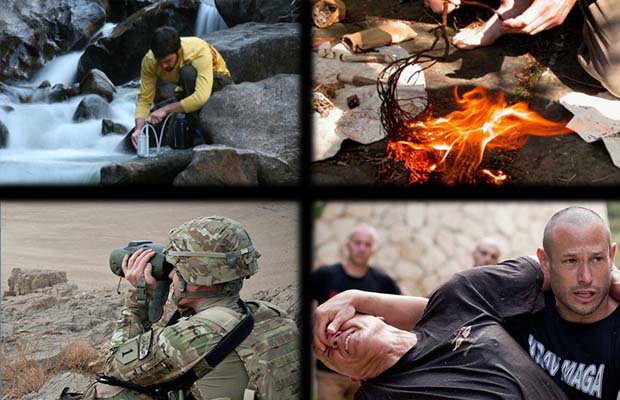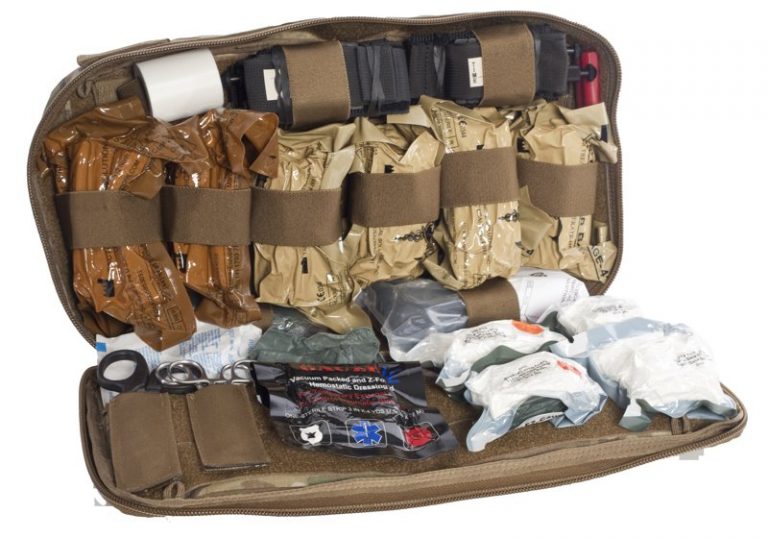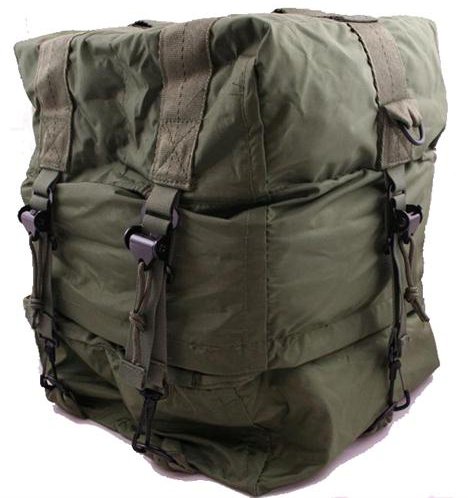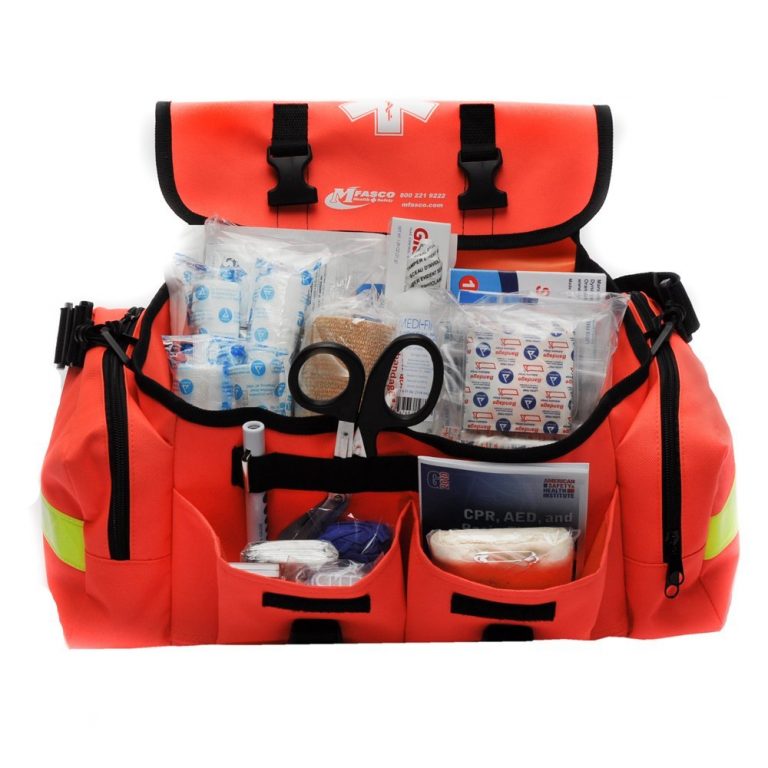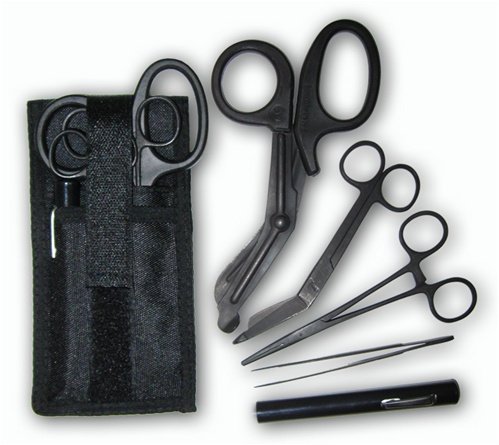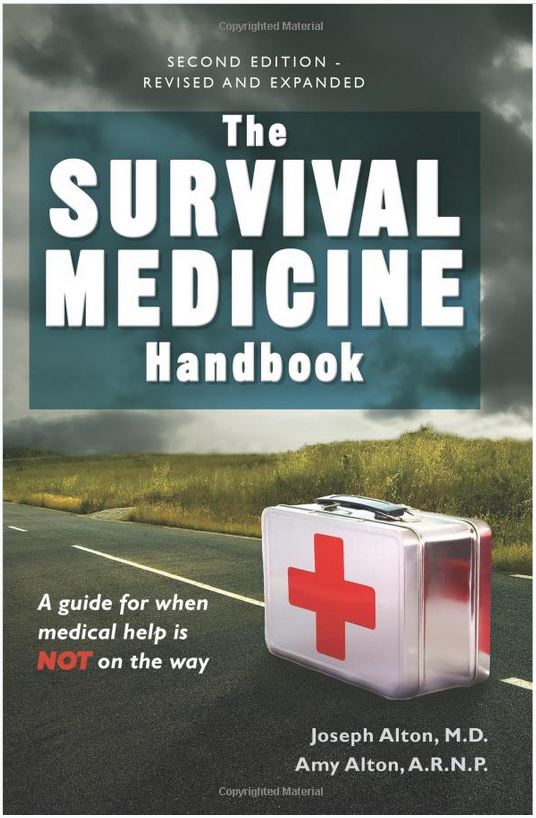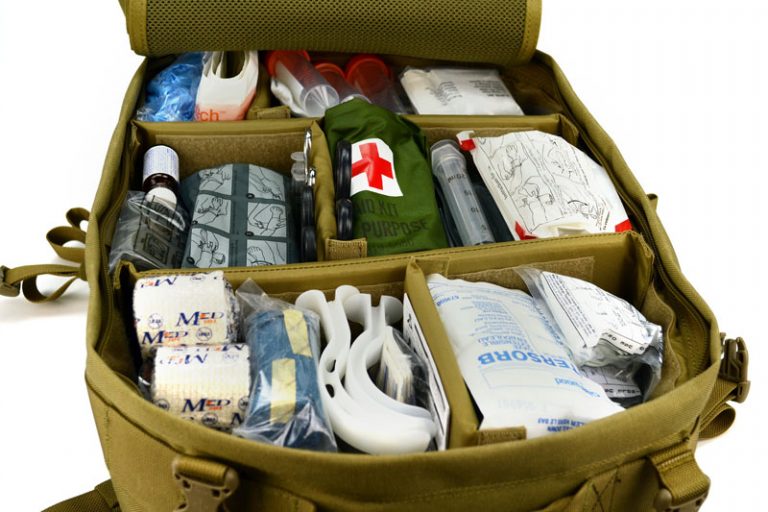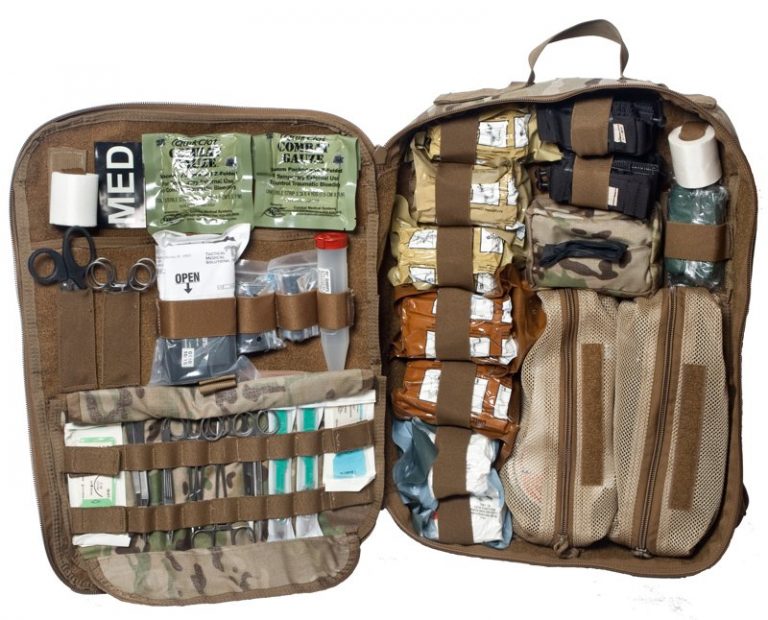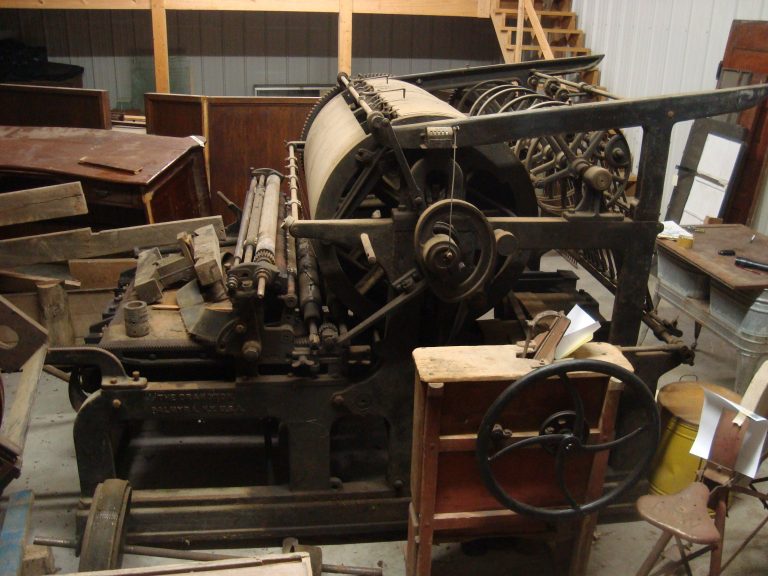10 Must Have Prepper Skills for Survival
Preppers have become known for a lot of things in the media, but until recently it wasn’t for any prepper skills. We are known for underground bunkers, stockpiling tons of freeze-dried food and weapons. Preppers are frequently portrayed as preparing for the end of the world (on more than one occasion) and we generally get lumped into a very large classification of people who seemly panic and overreact to everything. For many years, if you were someone who considered themselves a prepper you could expect to be the butt of many jokes.
But somewhere along the way, that perspective started to change and for the most part, preppers aren’t viewed quite as harshly as we used to be. In fact, I don’t believe Prepper is such a bad word anymore.
Oh, sure there are still sarcastic remarks you will hear occasionally from intellectual hipsters. “You’re one of those Doomsday Preppers, aren’t you?” Some people even write articles about how they just wish preppers would all die so they could eat their stored foods. Even some preppers complain about other preppers and question their motivations for preparing or argue over what is really going to happen and what is fantasy in their opinion.
There will always be arguments over style, but it seems that the ideas behind the motivation to prepare are catching on. News reports actually reference preppers from time to time and soberly relate advice we have all been saying for years. So the idea has gained some validation, but if you had to boil it down to some generic survival skills, what would those be?
I started to think about what were the must have Prepper skills that I thought each person could try to master in order to give themselves the best chance of survival. We dig much deeper into each of these areas below on Final Prepper blog, but people love lists so here it goes.
What are the must have prepper skills?
The ability to create or find shelter
There is a saying in survival circles about the rule of 3’s. The Rule of 3’s states that you can live for 3 minutes without air, 3 hours without shelter, 3 days without water and 3 weeks without food. Naturally, there are exceptions to the rule, but is a good baseline to look at when we talk about surviving. Assuming you are able to breathe, the first prepper skill revolves around shelter because exposure to the elements can kill you more quickly than most other non-human involved situations.
When we think of shelter that usually means heat or cold in the extremes. Sure having a dry roof over your head is nice but the important factor is keeping your core temperature in the healthy range. If you can’t keep warm and your body temperature drops too low (hypothermia), you die. If you can’t keep cool and your body temperature rises too high (hyperthermia) you die. There have been many people who died in the dry cold of abandoned buildings.

Shelter includes wearing the proper clothing, regulating your body temperature and augmenting your environment to keep yourself alive. It is one of my main concerns when faced with the thought of bugging out and that is why I do pay attention to the supplies my family has for their bug out bags. Additionally, I know ways to create shelter out of natural elements like the traditional debris shelter in the picture above.
The ability to find water and make it safe to drink
Following the next most important aspect of the survival paradigm of the rule of 3’s is the ability to keep yourself hydrated. If you don’t have good clean water to drink and pretty regularly, you will die. You might think this isn’t really a skill, but I consider the acquisition of water in a grid down situation very important to your survival. Finding it, carrying it and disinfecting it can prove to be a challenge for many people. Our reality is that clean water flows from the taps. When that stops what will you do?
If you only have to worry about yourself, you might be thinking that all you need is a LifeStraw and you are all set. That may help you survive, but in order to thrive you need to plan for much more water for daily use. Every person adds to that total which makes finding a reliable source of water a mandatory first step. Yes, you can find water in the woods, but you can also walk around a long time without finding any.
Some additional information:
- Drilling your own well
- Filtering rainwater
- Disinfecting water with bleach
- Bug Out Filtration Options
The ability to obtain food

How can finding food be a prepper skill you ask? Assume for a minute that none of the regular places you go to now for food are available? How will you eat? We assume that the grocery stores will always be open or we will simply walk out in the woods and shoot a deer while we eat a nice salad from our garden with dressing made from the apple trees in our orchard and herbs from the back porch. That may happen, but what if all of those other methods were out of reach for you? What if you weren’t in your home anymore and you were on the run? I think to survive we are all going to have to rely on as many methods for obtaining food as possible.
Foraging – Yes, there are edible plants all around us but do you know what they are? Do you know how to prepare them so your children will eat them? Do you know how many stalks of that green vegetable you will have to eat to actually have a full stomach? What will you eat in the winter when nothing is growing outside?
Fishing – Fishing seems like a great fall back idea. If you have access to a lake or a river it would be easy to think that you will simply walk down to the bank with your trusty rod and reel and fill up a bucket of fish. All ponds and lakes have a maximum amount of fish they can support and they can be over-fished. If you figure about 50 lbs. of fish per acre per year, that really isn’t even enough to keep one person alive if you consider the approximate average of about 400 calories per pound of fish. Fishing can certainly augment your food stores but unless you have an insane amount of water that nobody else is using, you can’t plan on this as your only source. Obviously, if you are out on the ocean, this is not the same problem but us landlocked people have to consider that.
Hunting – We will all be hunting for our meals when the grid goes down and this is one of these myths that so many preppers believe in. If you live in the woods and have successfully hunted every year of your life, you could still starve in some catastrophe where the amount of hunters increases exponentially. Let’s assume you have 1000 hunters around where you live and each hunter where you live can shoot 10 deer per year. What happens when the number of hunters goes up to 10,000? How many deer will that leave you? Assuming you are lucky and are able to get your 10 deer, what happens the next year? All of the deer will be hunted to extinction.
Trapping – Setting snares for animals can get you a great amount of protein for your table, but that also assumes animals find them and fall for the trap. You can set all the hunting snares in the world, but if the animals don’t find your traps or there are no animals left in your area, you will still starve if you are only relying on trapping. I’ve watched an episode, some time ago, of Mountain Men on TV. One character was in Alaska, himself a very experienced trapper and he barely caught anything after many weeks on end. Certainly he was alone in the wilderness so you would assume there wasn’t any competition for food, but if he was counting on those traps to eat, he would have starved. The animals simply didn’t appear.

Having a plan to provide yourself and your family with food should be multi-dimensional; it should change with the seasons and should consider times when food is scarce. That is one reason to have plenty of long-term storable food, several months’ worth of food you already eat everyday as well as a garden you tend and put back extra for the winter months. Hunting, fishing, trapping and foraging are all great activities too, but they take practice, luck and materials. Don’t expect to simply pull out your book on wild edibles and feed your family if the grid goes down.
The ability to make a fire
You need fire to keep warm and burning wood is one of the best alternatives to not having a furnace powered by electricity or fuel. There is an art to starting a fire and this is something that requires a little practice. Once you have a fire going, it needs to be maintained. In a grid down situation, it is highly likely that you will be cooking over an open fire so mastering this seemly simple task can give you a means for surviving.
Starting a fire is something you can easily practice now and I am frequently amazed at people who have never in their life started a fire. The basics are covered in the video below.
Some additional information:
The ability to provide for your security – Defend this house

So far we have covered keeping yourself protected from the elements, obtaining and either filtering or disinfecting a source of water, planning for finding different sources of food and creating fire to help you stay warm or cook that big caribou you just shot with your favorite survival rifle. There are other risks to your health and safety though and in my mind one of the biggest threats to your life in a grid down scenario where the basics of society have been lost, are other people.
People are going to be one of the biggest considerations you have to plan for eventually. If you are able to keep yourself alive, someone could come along who wants what you have. Defending your life or the lives of your family could be a real possibility in a collapse. There are many options depending on your principles, values, physical limitations, legal realities or preferences.
For me, I try to have redundancy as much as possible. For security, my default position is that I have firearms in several different configurations for different needs. Hopefully I won’t have to use them but if the world has gone to hell and somebody is trying to separate me and my family from food, I won’t be wrestling with him. He will get the business end of one of my different weapons.
That sounds well and good but what if your gun jams Pat? Fair enough question and you have to be ready and willing to get physical too. The world of combat has many disciplines and I am no expert on which is the best. Krav Maga has been put forth as an effective fighting style that can save your life. Is it better than boxing or judo or Brazilian grappling or any one of hundreds of other styles? I don’t know and I can’t say what will work best for you, but investigate self-defense from as many angles as you feel comfortable with. Your life might depend on it.
The ability to heal yourself – First Aid
People get hurt every day and in a survival situation you should have basic skills to stop bleeding, care for wounds, fight infection and prevent further injury. Would it be great if you were a brain surgeon? Absolutely, but not many of us have the time or money for school and I don’t know if brain surgery would be the best investment of your time if you are only doing this to prepare for some emergency situation.
Basic first aid on the other hand is very valuable. I don’t expect many of us will be conducting surgery but for many injuries our body has an amazing ability to heal itself. All we can do is help it and having some basic medical supplies and a little know how never hurts. Good medical reference materials are great to acquire now so that you have them on hand if something were to happen before you could get back to Amazon.com.
The ability to pull your own weight – Physical Fitness
When I was in the Army we had PT every morning. I would be lying if I said I jumped up at the sound of my alarm and bounded outside to wait in formation for PT to start with a big cheery grin on my ugly mug. PT for was luckily forced on me and I was in pretty decent shape back then. Motivating yourself to be physically healthy is hard for some people, but the better shape you are in now, the more able you will be to take the stress and physical requirements of a much harder life.
We sit around a major part of the day largely because of the conveniences we have. We don’t have to go very far for water or to use the bathroom. We purchase food by the trunk load and rely on cars to get us where we want to go, engines till our soil and we purchase anything we need instead of making it. Take away electricity, vehicles and engines and life just got much harder. Many people who are so sedentary now that they rarely get out of the house, will likely die shortly in a world gone dark when they are suddenly required to move more than they are used to. Sure, there will be a good portion of people who soldier through it, lose weight and regain muscle like they did in Wall-E, but many more will not.
Nobody expects you to be a weight lifter or a marathon runner, but how much weight can you lift? Can you do 20 push ups without slowing down? How about 5? How far can you walk with that 50 pound Bug Out Bag? How far do you walk each day now? Can you run? Act now to get in better shape. You don’t have to have zero body fat, but you need to be physically able to perform tasks to simply stay alive. Can you garden all day and defend your home too? Are you able to haul water from that stream 1 mile downhill?
Some additional information:
- Fit to Survive -Don’t be the weakest link
- 5 free fitness apps to get you in shape
The ability to read a map – Land Navigation
I use my GPS on my phone more times than I want to admit. Remember the good old days when you had to know street names and before you would go somewhere new you had to ask for directions? OK, it doesn’t sound like it was better, but we were conditioned to get around in a different way that wasn’t reliant upon technology. Everyone had maps in their glove compartment. You watched for street names before blindly turning and ending up going the wrong way.
Even if the grid doesn’t go down and satellites aren’t falling from the sky you may have to rely on something besides your phone to get around. Want to get off the grid? Leave that phone behind and walk into the woods. You may need to map alternate routes to your bug out location or navigate around cities that have descended into chaos. Knowing how to read a map to get where you are going could be a much-needed prepper skill.
Some additional information:
The ability to read the future – Situational Awareness
OK, technically you wont be able to tell the future, but having a good sense of situational awareness and practicing your observation skills could help you in ways that may seem to the uniformed that you knew what was coming ahead of time. Make sure you know what is going on in your immediate area by getting your face out of your phone. Make sure you know what is happening in your city by paying attention to the news, observing the people around you and what they are doing. Follow regional and state-wide events usual alternate media and radio programs as well as keeping tabs on international news. What happens in other nations could wind its way to your neck of the woods. Will you have a plan in place ready to act or will you be caught off guard?
The ability to keep your eye on the prize – Kill complacency and the normalcy bias
I mentioned in the beginning of this article that preppers have occasionally been linked to people who predicted the end of the world, somewhat prematurely. Time after time, preppers have focused on an impending event that rallied them into action only to suffer a form of let down when nothing came to pass. Imagine being disappointed that the world didn’t stop on 1.1.2000 or the end of the world didn’t materialize when the Mayan calendar said it was supposed to.
Prepping is about surviving anything that comes your way. We diversify our prepping focus and plan for what we need to live so that we have the tools, gear, knowledge and plans to stay alive regardless of the evil creeping down the street. Just because the economy doesn’t collapse on the day they said it would, you can’t give up and sell all of your prepper supplies to your neighbor for pennies on the dollar. If there never is a military coup, don’t give up prepping and ignore that garden. You have to stay focused because the people who give up, the people who think everything is fine are the ones hit first during tragedy. Instead of believing that you are impervious and nothing bad will ever happen, continue to scan the horizon for threats and take comfort in knowing you are prepared even if on your deathbed you have been proven wrong.
Prepping is often compared to life insurance and I can’t think of a better example. I spend money on insuring the things I do not want to lose. Prepping is my personal insurance plan that I hope I never need, but if I do I want to have all the prepper skills mentioned above to help me survive.
There will always be arguments over style, but it seems that the ideas behind the motivation to prepare are catching on. News reports actually reference preppers from time to time

